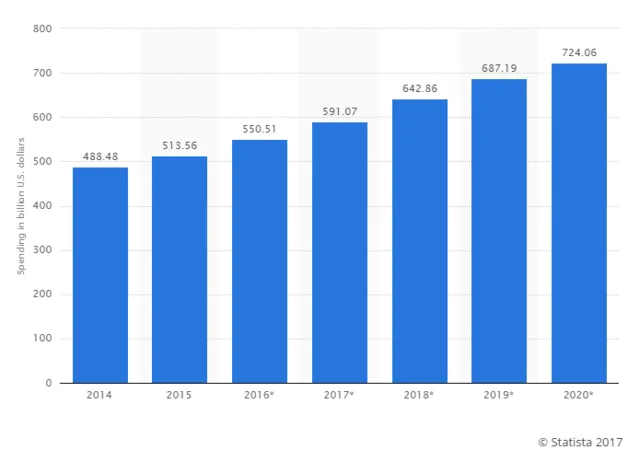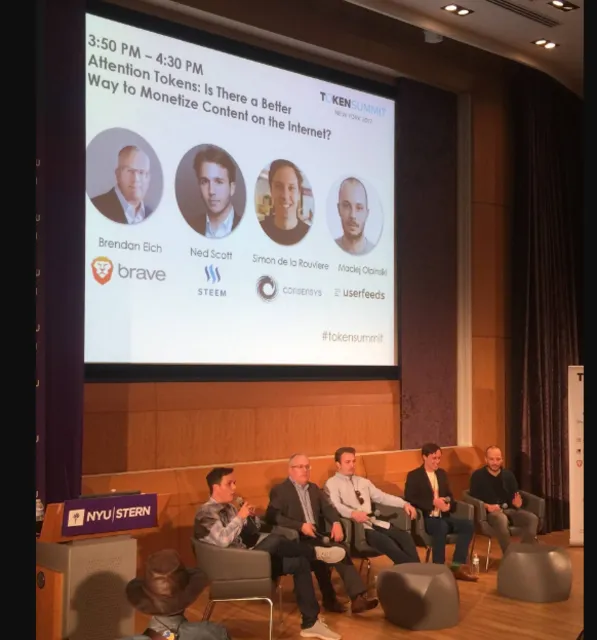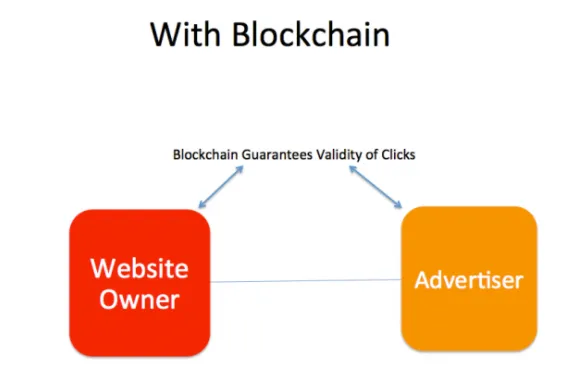24 hours ago, I witnessed one of the most fascinating crowd funds in my life. Brave’s Basic Attention Token (BAT) ICO raised over $35million in just a few seconds! Amazing right? We are surely onto an astonishing time in the history of the financial sector.
Something More Fascinating
For many who follow my blog, you would observe that I write mostly on tech areas and their impact on human lives. From Biotech, Foodtech, 5G, Nanotech, Greentech and artificial intelligence, my articles delve into the fascinating ways technology has been touching various aspects of our lives.
For a couple of months now, I’ve been investing in a lot of cryptocurrencies (Who hasn’t been doing that these days? Lol :) ). Initially, it was just for the thrill of predicting cycles rightly but over time, I started spending more time researching various tokens use cases.
So for the next couple of articles, just like I did for AI, I will be doing a series of how the blockchain is transforming different sectors of the economy.

Creating A Better Deal For Content Creators – Revolutionizing The Advertising and Publishing Industry With The Blockchain
10 months ago, I wrote this article, The Truth is in danger! The Death of Investigative Journalism and What We Can Do About It. {Making Steemit A Journalism Hub}. In it, I looked at the current decay in the publishing industry and how Steemit can help revitalize it.

Since then, a number of blockchain apps have sprung up attempting to solve the age-long problem - capturing and rewarding attention in the right manner.
Battling A Hydra-Headed Giant
The advertising industry is a multi-billion dollar sector and it will be overly-enthusiastic to say blockchain tech is going to wipe it out instantly. Mobile Ads spending is increasing annually. Also, more money is being pumped into Social Media especially video ads.
However, blockchain apps can attempt to chip away small essential niches and slowly become the de-facto way to reward attention capturing.

Perhaps the biggest competitors of decentralized ad options are the “too big to fail” middlemen. Facebook, Google etc. These centralized organizations take a huge chunk of the global market spending so any attempt to negatively affect their earnings will be met by stiff competition.
She tells me that for every $1 an advertiser spends on digital, they get about $.44 of value
The quote above relays the current pathetic situation of the advertising industry. The content publishers who put in massive efforts to create engaging content are given peanuts. With the rise of adblocks, publishers literally have to beg to be able to fund their operational expenses. Content consumers are also not rewarded for the ‘massive eyeballs energy’ they spend every day.
There must be a way out. A solid way of creating a better user experience and ad model for content publishers.
Current Blockchain Offers – The Battle Testers
I saw a picture shared by @andrarchy a couple of weeks ago and in it were the leaders of blockchain startups currently championing the fight for better ad revenue model.

Content Producers and Consumers Should Be Paid Better
A key similarity between Steemit and Brave Browser idea is the belief that content producers and consumers should get the largest chunk of the pie.
Steemit makes it possible for content producers to be paid in Steem and SBD to reward them for their intellectual efforts. Also, Brave Browser not only makes it possible for advertisers to deal directly with Content producers, it makes it easier for content consumers to tip content producers for doing a good job. Steemit does this too through upvotes.
The two blockchain solutions also make it possible for consumers to be paid to watch ads.
Fighting Ad fraud and Creating Trust
One of the major reasons why centralized companies (ad networks) like Google and Facebook still rule the roost is the massive undertaking of risks they perform. It’s very risky for an advertiser to directly deal with a content publisher without fear of ad-fraud. Ad bots clicking and misrepresentation of traffic numbers are common misfortunate occurrences that make advertisers lose lots of money. Thus, the presence of “middlemen” with verifying database systems is highly necessary.
In 2016, ad fraud created by Internet bots cost advertisers $7.2 billion, up from $6.3 billion in 2015.
A number of blockchain companies are creating platforms that will help decentralize the whole process. Cutting out the middlemen and making a risk-free link between advertisers and producers.

Madhive uses a private blockchain to create a data aggregation database to connect advertisers and producers together. This database is secured using smart contracts and cryptographic keys thereby making it possible for advertisers to effectively track their ad points risk-free. This, in turn, helps mitigate ad fraud and helps build trust.
MetaX is also launching a private blockchain that tackles these problems –ad fraud and lack of trust.
They are releasing Adchain - a private blockchain that tracks encrypted ad impressions. These impressions are then validated by the advertisers and producers points upon factual confirmation.
Decentralization of Data Storage and Control
Imagine this scenario: You upload your data to Facebook and save it. A week after, you need the same data on Twitter and it gets difficult to move it in its original form. This is because each social network creates a walled garden over data put into its database making it impossible for others to access it except through provided APIs.
Think about it. Data created by you but owned and controlled by a corporation that leeches off it for massive profit.
Enter Userfeeds.io
Userfeeds believes that the next Facebook should be owned by you. It uses its' blockchain platform to encourage decentralized digital creation and ownership of value.
User controls their feeds (as against the current FB streams) and only allow others access their feeds when they provide an incentive. In order to receive the incentive, the blockchain verifies the hashes inputted into blockchain and acts basically as an escrow.
Fight against fake news
UserFeeds is also releasing an engine that will help public rank contents in a manner that will be used to combat fake news. It’s basically like Google only that its ranking system is publicly available for audit and incentives are earned only by users.
Conclusion
There is no doubt that the current advertising system is in shambles and there exist several beneficial uses cases of blockchain to solve this ache. However, blockchain based solutions are not without their own issues.
Apart from the attendant problems that come with an infant technology, in reality, the blockchain tech is not immune to security risks like hackers et al.
It is however believed that the decentralized nature of the cryptographically-made blockchain will help infuse a breath of fresh air into the decaying ad industry.
Inspirations: 1 - 2 - 3 - 4 - 5
Over to you:
Do you use ad blockers? And what's the most ads-infested website you've visited?
